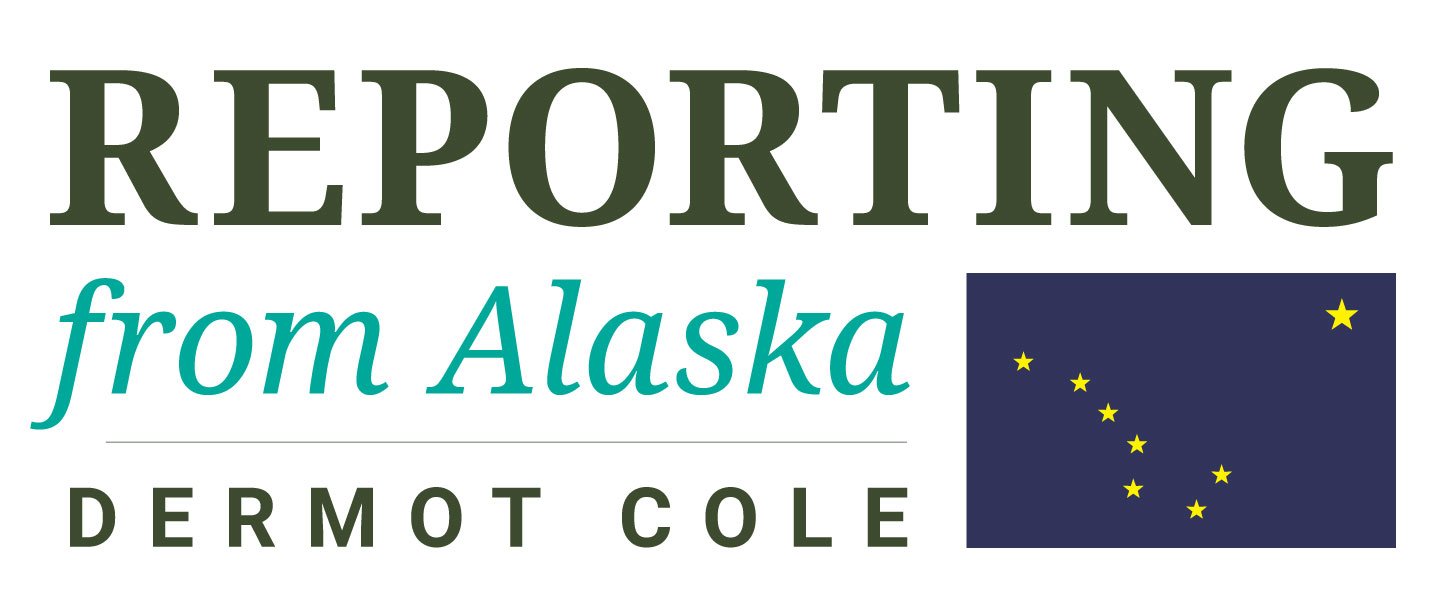Dunleavy blocks medical school funding; students may see costs soar by $30,000-$40,000
In 2019, Gov. Mike Dunleavy called for an end to state support for the WWAMI program that helps Alaskans become doctors, using flawed statistics.
Alaska, which does not have a medical school, provides a subsidy for 20 Alaskans to attend medical school each year via the University of Washington, with training that starts in Anchorage. The program costs about $3 million a year.
“The WWAMI program has not proven effective at meeting the demand for new physicians, despite a significant state investment over the years,” the governor’s office falsely claimed in its so-called Honest Budget. “Diminishing returns of this program are not sustainable in the current fiscal environment.”
“From calendar year 2014 through calendar year 2018, the percent of graduates practicing in Alaska has decreased from 84 percent to 61 percent,” the administration claimed.
Dunleavy’s office was wrong about the number of doctors returning to Alaska from the five-state medical venture known as WWAMI. The letters stand for the participation by Washington, Wyoming, Alaska, Montana and Idaho.
As I wrote at the time, it took me about 10 minutes to find that Dunleavy’s numbers were phony. The WWAMI program has long been a great success, one of the key elements in dealing with the shortage of doctors in Alaska.
Alaska students who do not return to Alaska have to pay back the state to make up for half of their subsidized tuition, creating a strong incentive for doctors to practice in Alaska. There are many WWAMI-trained doctors who have spent their careers in Alaska. There are other WWAMI doctors from other states who decided to make Alaska home. We need to encourage this, not eliminate it.
In 2019, the Legislature blocked Dunleavy’s proposal to end the medical program, but the governor is again trying to end funding for the program through the policy decision he made by expanding the number of designated funds subject to the “sweep.”
Dunleavy applied a new interpretation to the medical school funding, other higher education scholarships, and the handling of the Power Cost Equalization program in 2019. He has repeated that approach this year.
“Nothing technical is driving an expanded sweep—any expansion of the list is a policy decision completely in the hands of the governor,” as the Legislative Finance Division said in 2019.
As a result of Dunleavy’s decision, power rates in rural areas have risen sharply, while medical school students in WWAMI may have to pay tens of thousands more. as they had planned on. The University of Alaska has decided to cover higher education scholarships for the fiscal year, without knowing whether Dunleavy will relent.
Medical school students will have to pay out-of-state tuition and there will be no recruiting for medical school students to start in 2022, the leaders of the WWAMI program wrote to students this week.
First-year students would pay about $70,000 in tuition, instead of about $40,000. Fourth-year students would pay about $93,000 in tuition, instead of about $53,000.
“There is no easy way to say this but unless this is resolved promptly, this will have immediate impacts,” WWAMI administrators said.
Dunleavy has not made resolving this problem part of the agenda for the special session that begins Aug. 16.
Your contributions help support independent analysis and political commentary by Alaska reporter and author Dermot Cole. Thank you for reading and for your support. Either click here to use PayPal or send checks to: Dermot Cole, Box 10673, Fairbanks, AK 99710-0673.
